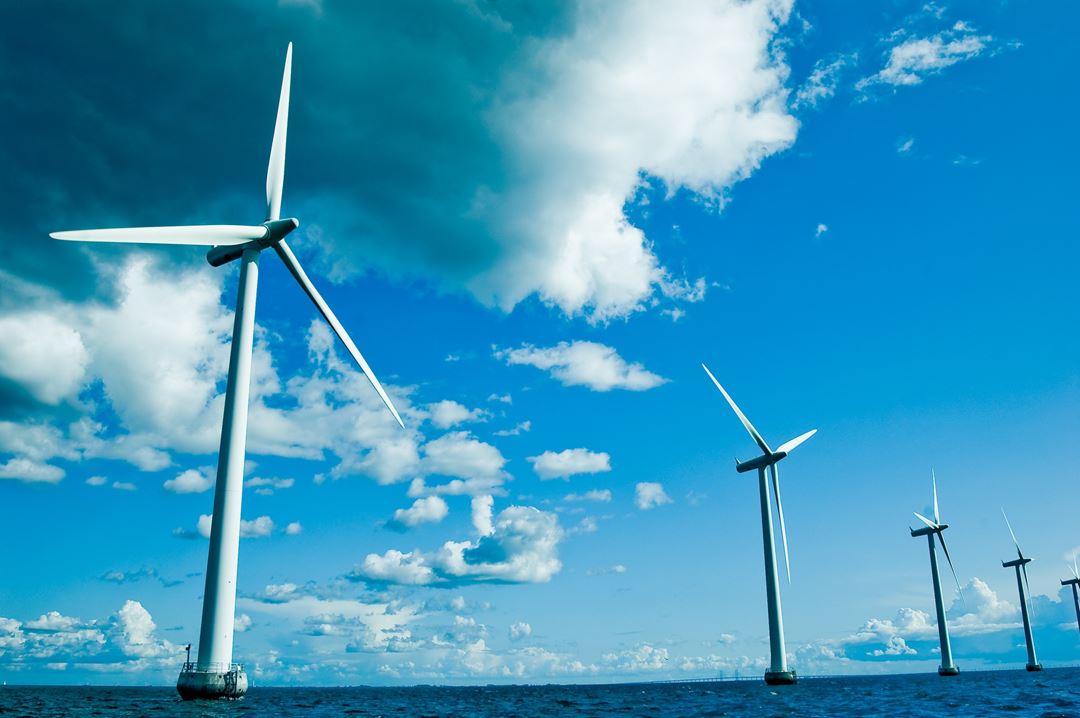Offshore wind
SIMA includes modelling capabilities that allows the user to build a complete and accurate physical representation of both fixed and floating offshore wind turbines.

Modelling capabilities
- Modeling of wind using 3D wind field (imported from TurbSim or IECWind), 2D wind or constant wind.
- Aerodynamic input
- Blade aerodynamic properties (including pre-bend and twist) for BEM method with dynamic inflow
- Dynamic stall based on lift curve
- Tower shadow option
- Up/downwind option
- Control system including pitch control for blades, torque control and power take-off. Internal control system with user-defined coefficients or completely user-defined control system may be applied.
- First and second order wave loads, current load, mooring system and wind drag forces on tower and nacelle may be included.
- Geotechnical models may be included as global springs in the finite element model.
- Generic nonlinear finite element solver for slender structures is included which may be applied to mooring lines, power cables, tower and blades.
Integrated analysis
All the important physics are integrated in a single model which is solved in the time domain:
- Floater: hydrodynamic loads (1st and 2nd order potential wave forces, viscous drag).
- Mooring lines: hydrodynamic loads (generalized Morison load model), structural response, contact with seabed.
- Tower: wind loads and structural response. Tower upwind effect on wind field by potential theory approach
- Blades: aerodynamic loads using BEM method (with dynamic inflow) on each element, structural response of blades
- Eigenfrequency solver is included
- Control system for blade pitch and electrical torque control algorithms
Post processing and reporting
The SIMA workbench includes graphical tools for batch processing, complex workflows, post-processing and reporting of results. The workflow module allows the user to interact with external programs (such as python or irregular wind generators) when needed. Static, dynamic and eigenfrequency results are visualized in the 3D view. SIMA supports time domain analysis on a large scale. The licensing policy allows unlimited parallel runs on a single workstation.